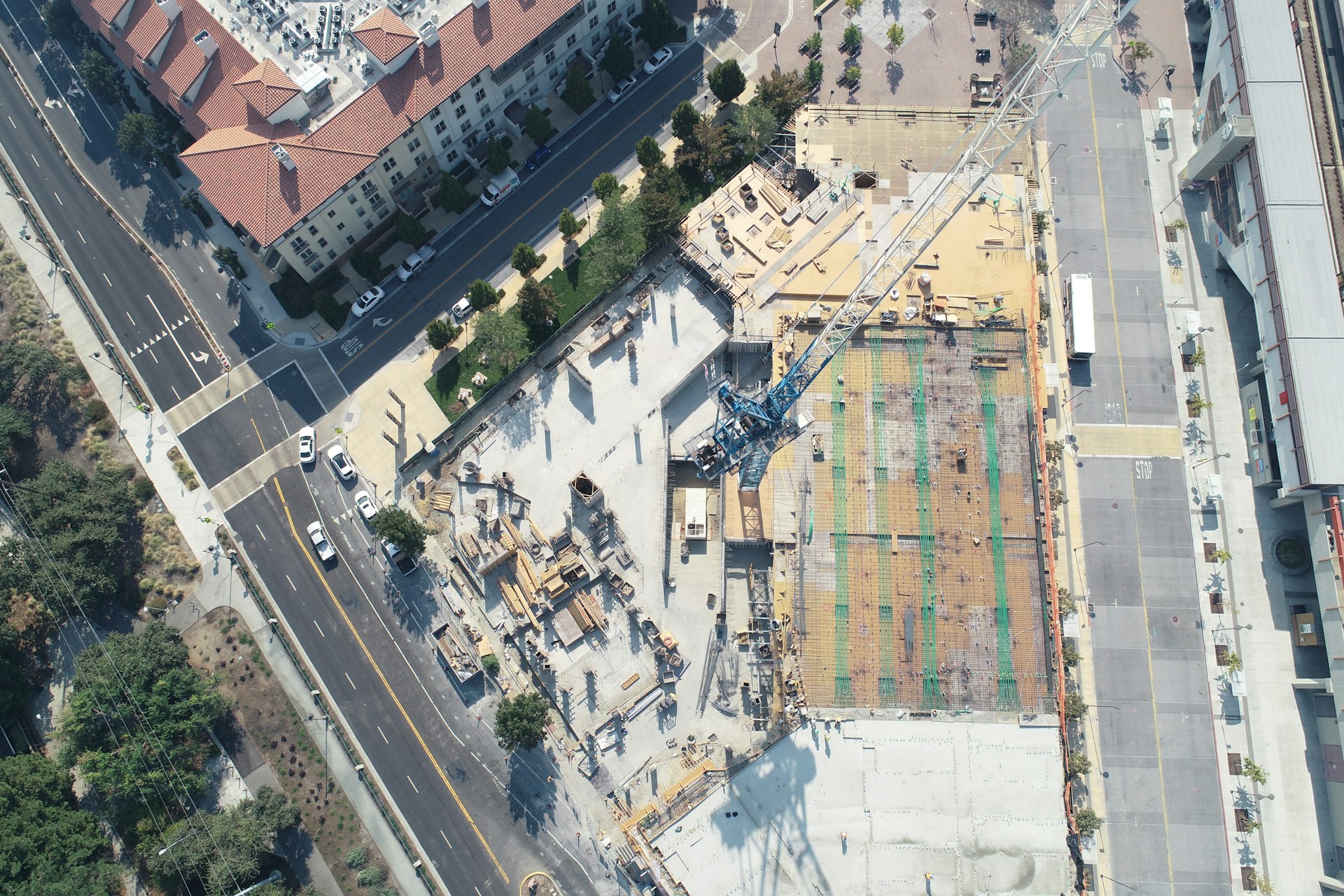

Question: What is the Paradox of Gentrification?
Answer: The paradox of gentrification is that while it aims to improve neighborhoods and attract investment, it often results in displacement of the very communities it seeks to help, exacerbating social and economic inequalities.
The Gentrification Paradox: A Double-Edged Sword for Neighbourhood Change
Gentrification, the process of wealthier residents moving into lower-income neighbourhoods, is a complex phenomenon with both positive and negative consequences. While it can revitalize neglected areas and boost the local economy, it can also lead to displacement and a loss of community character. This article explores the "paradox of gentrification," highlighting the conflicting outcomes associated with this form of neighbourhood change.
Revitalization vs. Displacement: The Two Sides of the Coin
The paradox of gentrification lies in its contrasting effects. On the one hand, gentrification can bring about positive changes. Increased investment can lead to improvements in public infrastructure, such as parks, schools, and libraries. The arrival of new businesses can revitalize the commercial landscape, offering residents more options for shopping and dining. Rising property values can benefit long-term residents who own their homes.
However, on the other hand, gentrification can also have negative consequences. Rising housing costs, including rents and property taxes, can force long-term residents to relocate to more affordable areas, severing social networks and disrupting established communities. This displacement can have a significant negative impact on vulnerable populations, such as low-income families and seniors.
The paradox lies in the fact that the very factors that make a neighbourhood more attractive to wealthier residents – improved amenities, a vibrant business scene, and rising property values – can also contribute to the displacement of the existing residents.
Click here for more information on how to find the value of your home
Please visit this page to learn more about gentrification
Related Article: How to Tell if an Area Will Gentrify?
Related Article: Does Gentrification Ever Reverse?
The Challenge of Balancing Benefits: Finding Common Ground
The challenge lies in finding a way to achieve the positive aspects of gentrification without generating negative consequences. This requires a multi-pronged approach that prioritizes responsible development practices and promotes inclusive growth.
One approach is to implement stronger rent control measures to ensure that housing remains affordable for existing residents. Investing in the development of new affordable housing units is crucial to meet the growing demand. Inclusionary zoning, which mandates a certain percentage of affordable units in new developments, can also play a role in promoting mixed-income communities.
Fostering community engagement through public consultations and resident-led initiatives is essential. This allows residents to have a voice in the development process and advocate for their needs and priorities.
The Role of Stakeholders: A Collaborative Effort
Mitigating the negative impacts of gentrification requires a collaborative effort from various stakeholders. Residents, community organizations, local governments, and developers all have a role to play.
Residents can organize themselves and advocate for their needs. Community organizations can provide support services to those at risk of displacement. Local governments can implement policies that promote affordable housing and responsible development. Developers can be encouraged to integrate affordable units into their projects and prioritize community benefits alongside economic gain.
By working together, stakeholders can strive to create a more balanced approach to gentrification, one that fosters economic growth alongside a strong sense of community for all residents.
Click for more information about Jen Jewell
Beyond the Paradox: Equitable Neighbourhood Change
The concept of the gentrification paradox highlights the need to move beyond a binary view of neighbourhood change. The goal should not be to simply prevent gentrification altogether but rather to ensure that it happens in a way that benefits all residents.
This means creating frameworks for development that prioritize inclusive growth, where economic development and revitalization occur alongside measures to protect existing residents and ensure affordability.
Ultimately, the challenge lies in fostering a vision for neighbourhood change that promotes a vibrant and diverse community, one that welcomes newcomers while respecting the character and needs of its long-term residents.
References
1. https://www.strongtowns.org/journal/2015/1/26/the-gentrification-paradox


